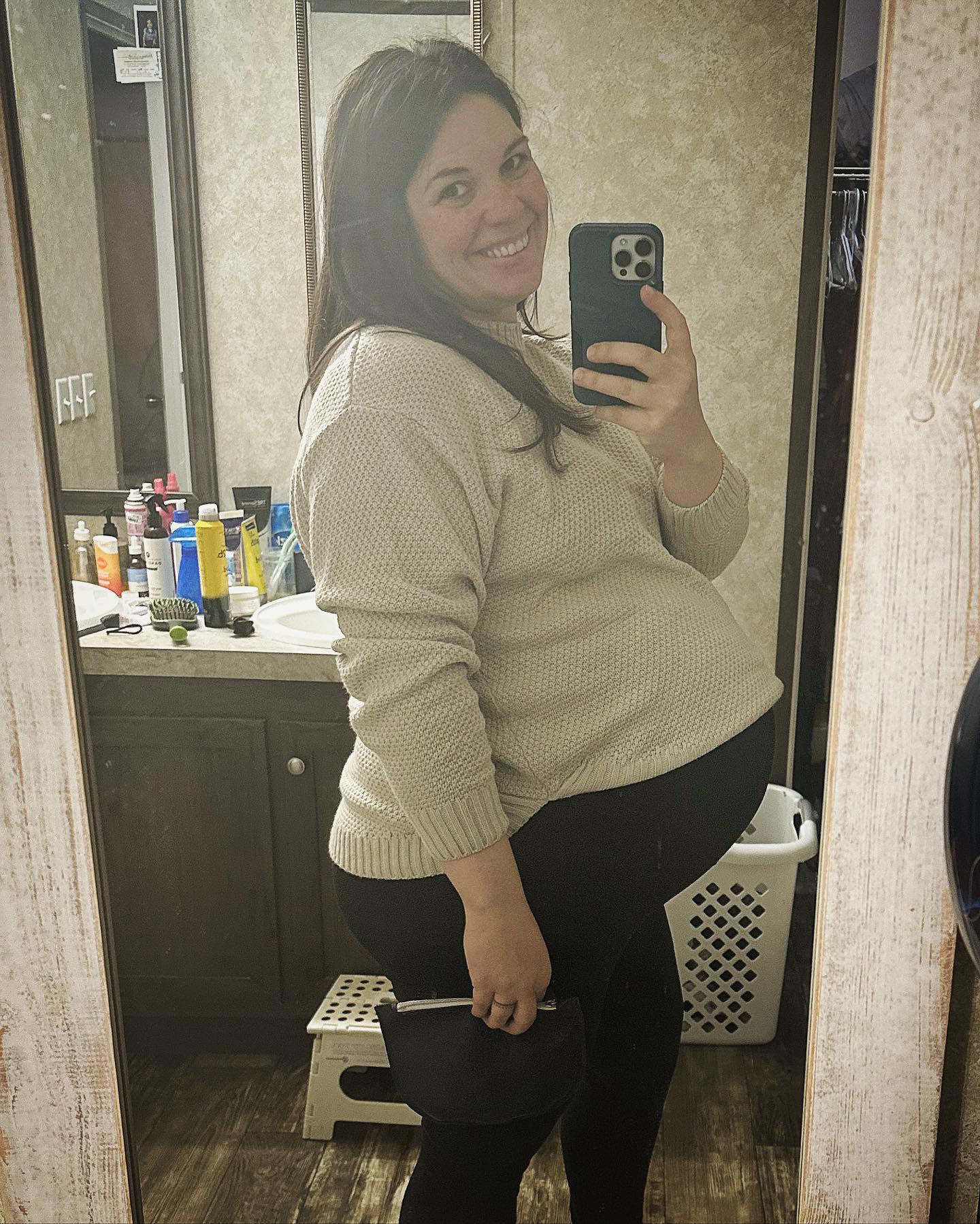
views
After a ‘one in a million’ pregnancy and 20 hours of labour, a US woman with an uncommon double uterus gave birth twice in two days. At the University of Alabama at Birmingham (UAB) Hospital, 32-year-old Kelsey Hatcher gave birth to her first daughter on Tuesday and her second on Wednesday. Kelsey Hatcher praised the medics as ‘incredible’ on social media after announcing the delivery of her ‘miracle babies.’ The girls are fraternal twins, with uncommonly distinct birthdays. After the double delivery, Kelsey said the family was back at home to enjoy the holidays. Previously, she had anticipated a Christmas due date.
The three were doing well, according to an obstetrician from the University of Alabama, who told the BBC that this was the kind of instance that most people in her field go through their entire careers and never see.
At the age of 17, Kelsey was informed that she had uterus didelphys or double uterus, a rare congenital condition that affects 0.3% of women, according to the UAB. Furthermore, the UAB reported that the chances of being pregnant in both uteri — a condition known as dicavitary pregnancy — were significantly lower, at one in a million.

Kelsey Hatcher has three previous pregnancies that ended well. She thought she was carrying a child in only one uterus this time. Kelsey began to notice some bleeding a few weeks into her fourth pregnancy. She scheduled her first ultrasound since women who have two uteruses are more likely to miscarry. Following the positive results of the UAB ultrasound, Kelsey asked to get a second uterus checked just to be sure. And sure enough, there was a baby in it.
Until she had a chance to examine the scans for herself, Kelsey’s obstetrician, Shweta Patel, MD, assistant professor in the UAB Department of Obstetrics and Gynaecology, was shocked by the discovery. While having a kid in one uterus is not unheard of in women with two uteri, as Kelsey had carried three times previously, the likelihood of delivering a baby in both uteri, also known as a dicavitary pregnancy, is thought to be one in a million.


















Comments
0 comment